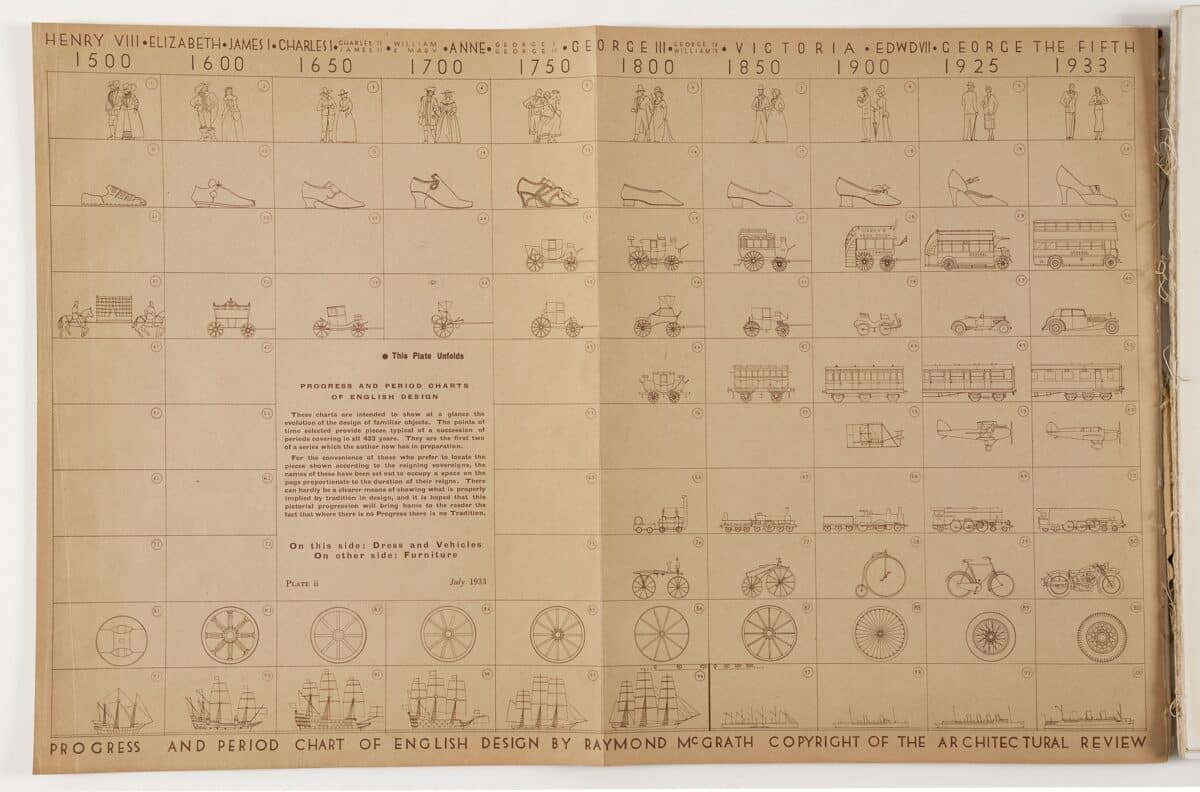Designs on Democracy (2022) – Review

‘This is not a book in which material has been selected on the basis of taste; quite the contrary. These are not buildings or personalities with which it has been easy to empathise, and I hope that this book is not read as a defence or an apology.’
With these words the architectural historian Neal Shasore places his book, Designs on Democracy. Architecture and the Public in Interwar London, at some remove from much that has previously been written about its subject, British architecture during the inter-war period. Most of the existing literature might be said to form an extension of the campaigning work of the Twentieth Century Society and has tended to concentrate on individual buildings and architect’s careers. This has served the valuable functions of retrieving talented figures from obscurity and championing work deserving statutory protection, but its focus has remained narrow and its perspective partisan. Shasore’s book offers an altogether more detached and panoramic picture, with particular attention to the way the profession’s practices and self-image changed in response to the emergence of mass democracy. At heart, it is the story of how the architect came to understand the public as their ultimate client.
The theme is explored through a series of deftly selected case studies. A description of the development of the British Empire Exhibition of 1924 forms the basis of a discussion of the ways in which the new practices of propaganda and public relations left their mark on the profession. The role of the empire as a source of new building materials and as the foundational myth for conceptions of civic grandeur represents a persistent concern throughout the narrative. Another chapter addresses the public campaigns against the redevelopment of two significant ranges of Georgian buildings in central London—Regent Street’s Quadrant and Carlton House Terrace—both of which proved vital catalysts in the development of an understanding that private development might be a question of public concern. These episodes paved the way to the formation of the Georgian Group in 1937 and ultimately to the development of the post-war planning system. Reading Shasore’s description of them today, the echoes of the recent campaign to prevent the demolition of Marks and Spencer’s building on Oxford Street feel particularly powerful.

Perhaps the key chapter is a sustained and sympathetic analysis of the Royal Institute of British Architects’ headquarters at 66 Portland Place, a commission won in competition by the architect Grey Wornum and completed in 1934. Shasore ably itemises the various ways in which the building enabled the profession to represent itself to the public, not least as an embodiment of a post-Ruskinian attitude to the integration of industrial construction and ornament that the design-reformer John Gloag characterised as ‘machine-craft’. As such, the building serves a useful function in the narrative as a demonstration of the broad range of ideological positions that obtained at the time. Shasore is notably sceptical of the received image of the period as a binary battle between modernist and traditional styles that the deliberately theatrical debates between the likes of Reginald Blomfield and Amyas Connell might lead us to assume. He concludes with a discussion of the Festival of Britain, emphasising the points of continuity with the conception of the British Empire Exhibition in the years following the previous world war. Once again, architecture was being deployed with the aim of cultivating a new sense of national identity and of brokering a new social contract. The values embodied by the 1951 Festival of Britain may speak more immediately to the tastes and concerns of the present day, but in stressing the social, professional and industrial transformations that architects of all persuasions were forced to accommodate during the inter-war years, Shasore reveals this maligned period as one that did much to shape the nature of contemporary practice.
Neal Shasore Designs on Democracy. Architecture and the Public in Interwar London (2022) is published by Oxford University Press. Copies of the book can be purchased here.
Ellis Woodman is Director of the Architecture Foundation.
